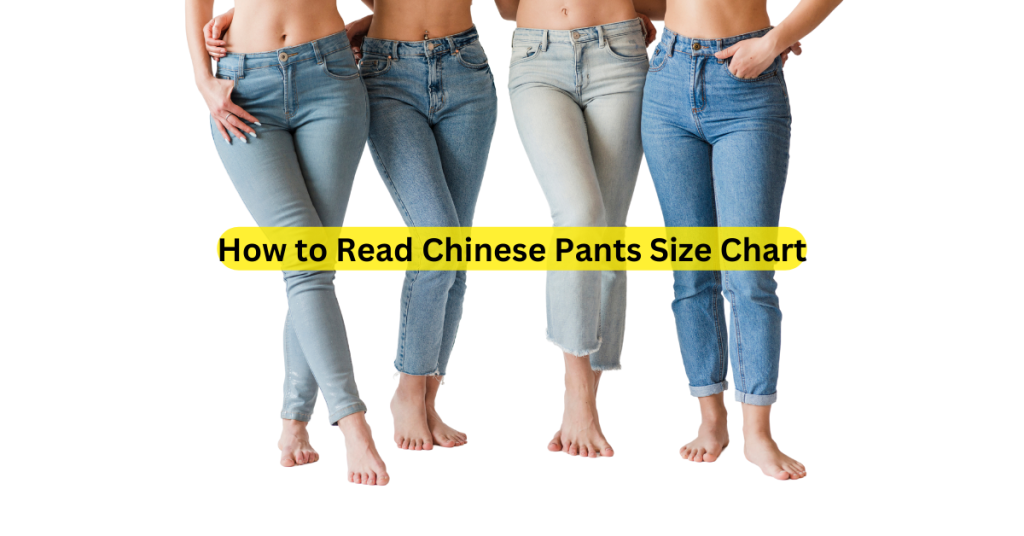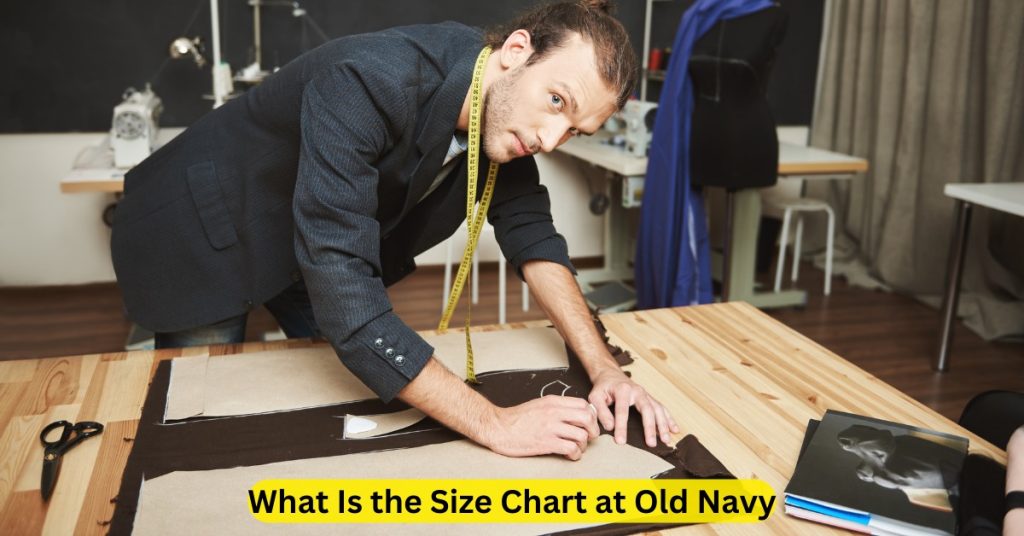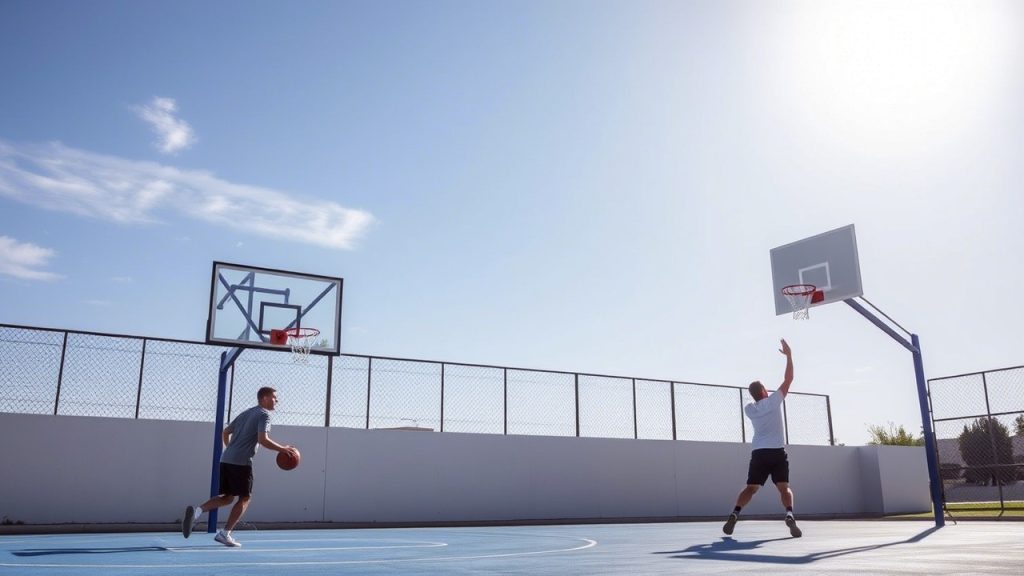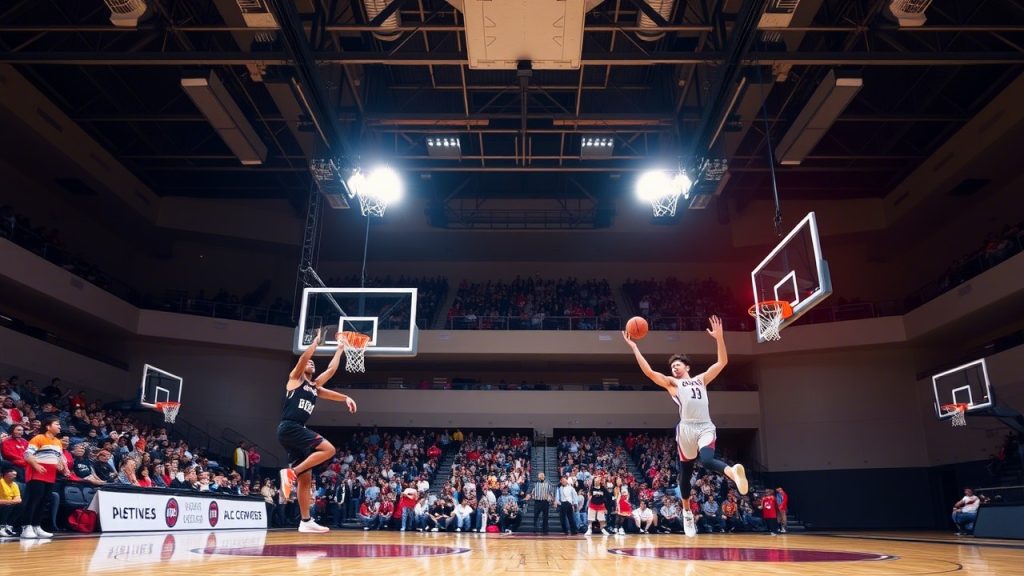7 Best Ski Boot Size Chart Ideas to Prevent Blisters
Skiing is one of the most exhilarating winter sports, but nothing can ruin a day on the slopes faster than blisters from ill-fitting boots. While ski boots are designed to keep your feet secure and responsive, the wrong fit can lead to discomfort, pain, and unwanted blisters. The key to preventing blisters is understanding your ski boot size and fit, and knowing how to choose boots that minimize friction and provide the right support.
We will explore seven of the best ski boot size chart ideas to prevent blisters, ensuring you can enjoy your time on the mountain without worrying about foot pain.
Why Do Blisters Form in Ski Boots?
Before diving into ski boot sizing charts and fit tips, it’s important to understand why blisters form in the first place. Blisters occur when there is friction between your skin and your boots. This friction causes your skin layers to rub against each other, leading to irritation, fluid buildup, and the formation of a blister. In the case of ski boots, improper sizing, poor fit, and materials that don’t breathe well can increase the risk of blisters.
Common causes of blisters in ski boots include:
- Too tight a fit: A boot that is too small or too tight will cause your toes and other parts of your foot to rub against the inside of the boot, creating friction and blisters.
- Too loose a fit: If your boots are too loose, your foot will slide around inside, leading to friction and blisters.
- Wrong boot shape: Ski boots come in different shapes, and if your foot doesn’t match the shape of the boot, pressure points may form, leading to irritation and blisters.
- Inadequate sock choice: Socks that are too thick or too thin, or those that aren’t designed for skiing, can increase the likelihood of blisters.
Ensuring that your ski boots are properly sized and fit well will reduce these risks and help you enjoy your skiing experience pain-free.
1. Mondo Point Size Chart
The Mondo Point sizing system is the standard method used for ski boots. It refers to the length of your foot in centimeters and is the best way to determine your ski boot size. Getting the correct Mondo Point size is the first step in preventing blisters, as an incorrect size can lead to excessive pressure on certain parts of your feet.
Here is a simple Mondo Point Size Chart to help you understand how to match your foot length with the correct ski boot size:
| Mondo Point Size | Foot Length (cm) | U.S. Men’s Size | U.S. Women’s Size |
|---|---|---|---|
| 22.0 | 22.0 cm | 5 | 6 |
| 23.0 | 23.0 cm | 6 | 7 |
| 24.0 | 24.0 cm | 7 | 8 |
| 25.0 | 25.0 cm | 8 | 9 |
| 26.0 | 26.0 cm | 9 | 10 |
| 27.0 | 27.0 cm | 10 | 11 |
| 28.0 | 28.0 cm | 11 | 12 |
| 29.0 | 29.0 cm | 12 | 13 |
To find your correct Mondo Point size, simply measure the length of your foot in centimeters and match it with the chart. Make sure to take into account that ski boots tend to fit snugly, so they may feel slightly tight when first put on. However, they should not feel painfully tight or restrictive.
2. Width (Last) Size Chart
Ski boots come in different widths (often referred to as the “last”), and choosing the right width is just as important as getting the correct length. A boot that is too narrow can squeeze your feet, causing friction and blisters, while a boot that is too wide can allow your foot to slide around inside, leading to rubbing and discomfort.
Here’s a width size chart to help you find the right fit:
| Boot Width | Description |
|---|---|
| Narrow (98-100mm) | Ideal for narrow feet |
| Medium (100-102mm) | Standard for most feet |
| Wide (102-104mm) | Ideal for wide feet |
If you have narrow feet, look for boots that offer a narrower last. On the other hand, if you have wider feet, make sure to select boots with a wider last, which will allow your feet to fit comfortably without causing excessive pressure or rubbing.
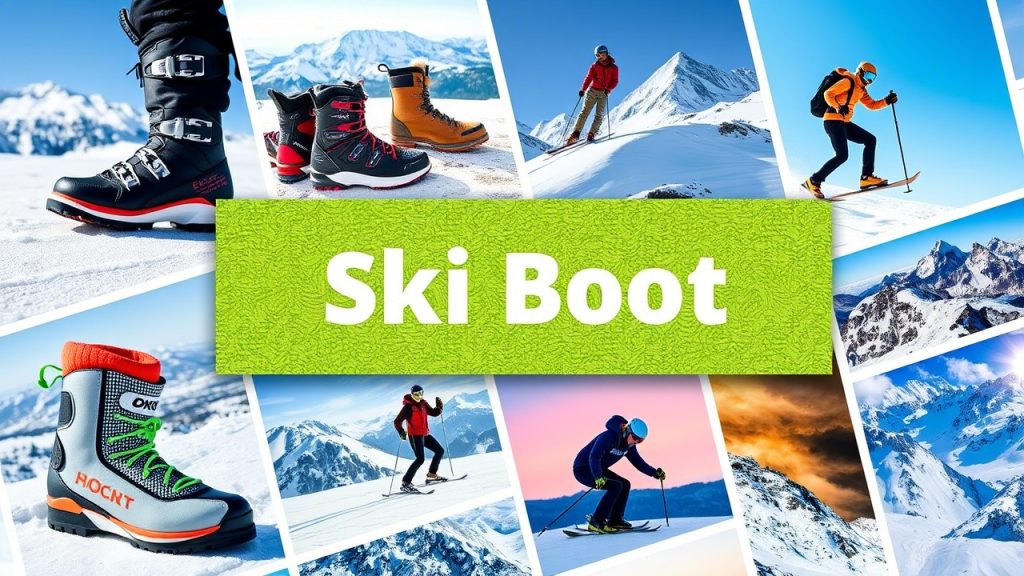
3. Boot Flex and Comfort Chart
The flex rating of a ski boot refers to how stiff or soft the boot is. A higher flex rating indicates a stiffer boot, which is ideal for advanced skiers seeking maximum control. A lower flex rating means the boot is softer, providing more comfort and flexibility, which can be ideal for beginners or skiers who prioritize comfort over precision.
However, comfort is crucial for preventing blisters, especially when it comes to the flex rating. A boot that is too stiff might put pressure on certain parts of your feet, leading to hotspots and blisters. On the other hand, a boot that is too soft may lack the support needed for control.
Here’s a guide to help you determine the right flex rating based on your skiing ability:
| Flex Rating | Skiing Style | Ideal Skier Level |
|---|---|---|
| 50-70 | Beginner | Soft flex for comfort |
| 70-90 | Intermediate | More responsiveness |
| 90-110 | Advanced | Precision and control |
| 110-130 | Expert/Professional | Maximum performance |
Beginners should opt for a lower flex rating for more comfort, while intermediate and advanced skiers can go for a higher flex rating, keeping in mind that a boot that’s too stiff might lead to discomfort and blisters if the fit is not perfect.
4. Heat-Moldable Liner Chart
Many ski boots now come with heat-moldable liners that allow the boot to mold to the unique shape of your foot. This customization is an excellent way to avoid blisters because it minimizes the chance of friction by ensuring that your foot fits snugly without extra pressure points.
Here’s a breakdown of the different liner options:
| Liner Type | Ideal For |
|---|---|
| Standard Liner | Average feet with typical volume |
| High Volume Liner | Wider or higher volume feet |
| Low Volume Liner | Narrow or low-volume feet |
If you have a narrow or high-volume foot, consider opting for a custom heat-moldable liner. The custom fit will not only enhance comfort but also reduce the risk of blisters by eliminating friction hotspots.
5. Sock Compatibility Chart
Socks play a significant role in preventing blisters, and choosing the right type is just as important as the boot fit. Thick, cotton socks tend to absorb moisture and rub against your skin, leading to blisters. Ski-specific socks are designed to wick moisture away from the skin and provide a snug fit that reduces friction.
Here’s a chart to help you choose the right ski socks:
| Sock Type | Ideal For |
|---|---|
| Thin Socks | Skiers who prefer tight boots |
| Medium Socks | Skiers looking for comfort |
| Thick Socks | Skiers with looser boots or those skiing in extremely cold conditions |
Choose socks made of merino wool or synthetic fibers, as they are designed to wick moisture away and keep your feet dry. Avoid cotton, as it retains moisture and increases the risk of blisters.
6. Boot Volume Fit Chart
Boot volume refers to the overall volume inside the ski boot, which is affected by the shape and width of your foot. Ski boots are generally available in three types of volumes: low, medium, and high. If your foot has a high volume, a low-volume boot may cause discomfort and friction, leading to blisters.
Here’s a volume chart to help you choose the right boot volume:
| Volume Type | Ideal For |
|---|---|
| Low Volume | Narrow feet or low arches |
| Medium Volume | Standard feet or medium arches |
| High Volume | Wide feet or high arches |
If you have a wider foot or higher arch, opt for boots with a high-volume fit. This will reduce the chance of pressure points forming inside the boot, helping to prevent blisters.
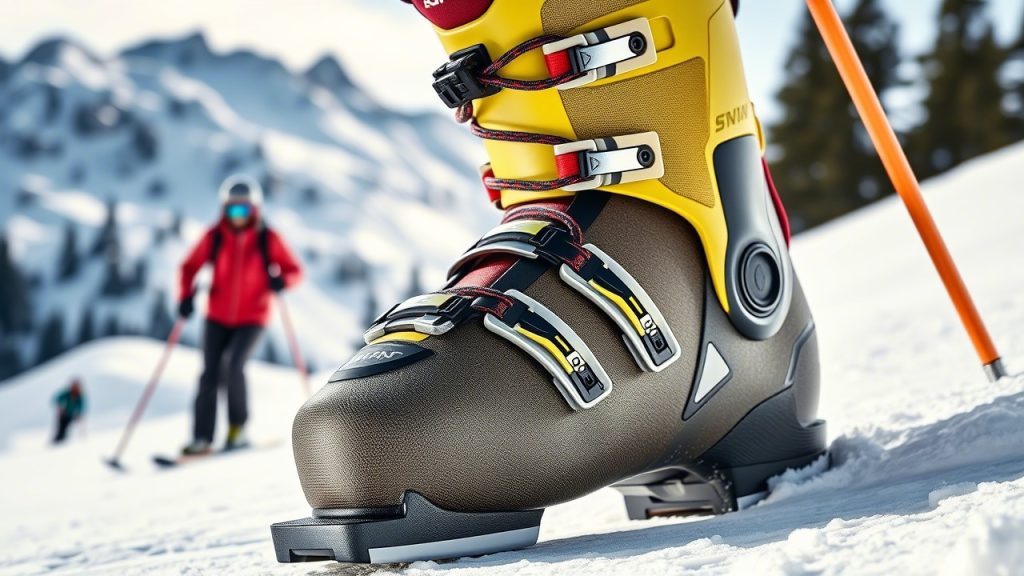
7. Ski Boot Fit Adjustments for Comfort
Even with the right size and shape, you may still need to make some adjustments to ensure maximum comfort and prevent blisters. Many ski boots allow for customizable adjustments, such as:
- Cuff alignment: Adjusting the cuff of the boot to match the shape of your calf can help prevent pressure points.
- Sole replacements: Replacing the factory footbed with a custom footbed can help provide better arch support and reduce friction.
- Buckling: Properly buckling your boots is essential. Make sure the buckles are not too tight or too loose, as improper tension can cause discomfort and blisters.
Consult a professional boot fitter to make any necessary adjustments and ensure your boots fit perfectly.
Frequently Asked Questions
1. How do I know if my ski boots are the right size?
Ski boots should feel snug but not painful. Your toes should lightly touch the front of the boot when standing upright, but they should pull back when you flex your knees. If the boots feel too tight or cause pain, they may be too small. If your feet slide around inside the boots, they are likely too big.
2. How can I prevent blisters in my ski boots?
To prevent blisters, make sure your ski boots fit properly. Choose the correct Mondo Point size, width, and volume, and make adjustments as needed. Wear moisture-wicking socks, use heat-moldable liners, and ensure your boots have the proper flex rating.
3. Can ski boots be too tight?
Yes, ski boots can be too tight, which can lead to blisters, numbness, and discomfort. A boot that is too tight will put excessive pressure on your feet, causing friction and irritation.
4. What type of socks are best for ski boots?
Look for ski-specific socks made from merino wool or synthetic fibers. These socks wick moisture away from the skin, reduce friction, and keep your feet dry, helping to prevent blisters.
5. Should I use custom footbeds for my ski boots?
If you have specific foot issues like high arches or wide feet, custom footbeds can help improve comfort and reduce pressure points, which can prevent blisters. They provide better arch support and cushioning.
6. What is boot volume, and how does it affect blister prevention?
Boot volume refers to the space inside the boot. If the boot volume is too high or low for your foot, it can cause pressure points, leading to blisters. Choose a boot with the correct volume for your foot type.
7. How can I tell if my ski boots are too loose?
If your feet slide around inside your boots, or if you feel like you’re not getting enough control over your skis, your boots may be too loose. This can lead to friction and blisters.
8. Can I make adjustments to my ski boots to prevent blisters?
Yes, many ski boots allow for adjustments such as cuff alignment, footbed replacements, and buckle tension adjustments. Consult a professional boot fitter to help make these adjustments for maximum comfort.
9. What should I do if I get a blister while skiing?
If you get a blister, stop skiing and protect the area with blister pads or tape. If the blister is severe, remove your boots and take a break until the discomfort subsides. If blisters are recurrent, consider getting a professional boot fitting to address the fit issues.
Conclusion
Preventing blisters is all about getting the right fit and making thoughtful adjustments to your ski boots. By using the right ski boot size charts, choosing the correct width, flex, liner, and volume, and ensuring proper sock selection, you can significantly reduce the likelihood of blisters and enjoy your time on the slopes in comfort. Take the time to get the perfect fit, and your feet will thank you as you glide effortlessly through the snow. Happy skiing!


